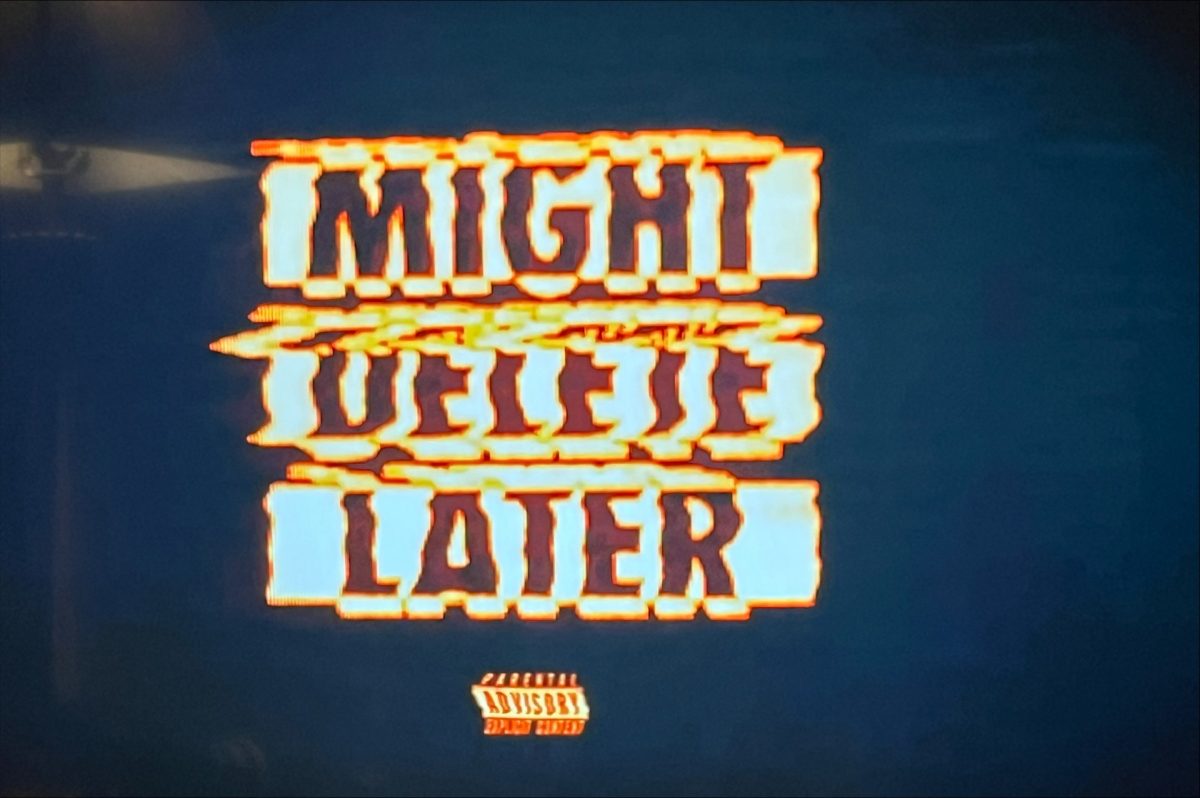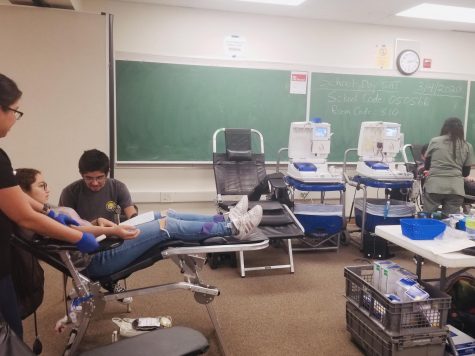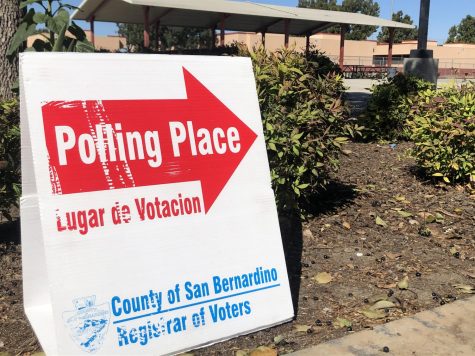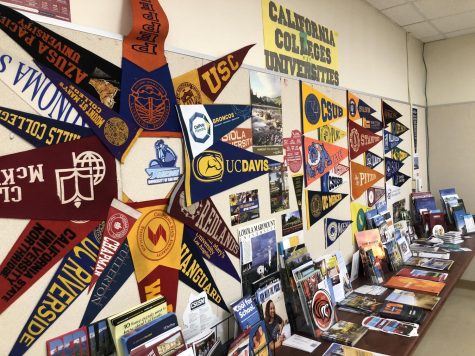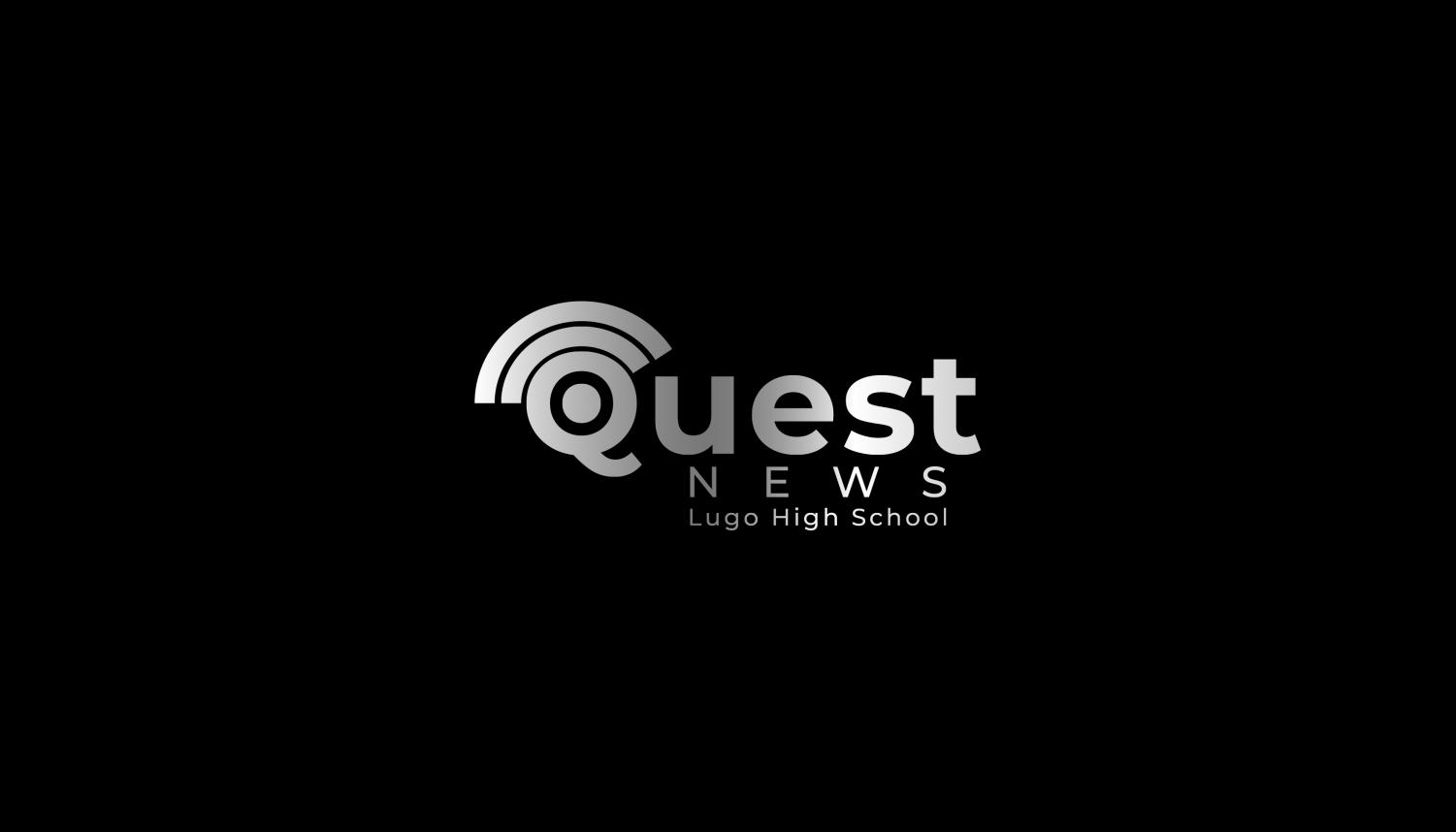Graphic novels: another way to read
Three graphic novels: Smile by Raina Telgemeier, Amulet by Kazu Kibuishi, and Glint by Samuel Sattin.
February 7, 2020
Graphic novels are stories told through both visuals and text, containing the same elements of a written novel like a climax and resolution. Comics are often confused with graphic novels because of the similar formats, but comics are shorter in length, around twenty to thirty pages, and are published periodically. The publishing process for graphic novels is the same as written novels, typically having around the same number of pages as the average novel. Despite the differences, both mediums have potential to tell captivating stories that can help many students learn to love to read and develop literary skills as written novels would.

A page in the novel, Smile by Raina Telgemeier. It is a true story about the author who lived most of her childhood with braces and how she dealt with it.
A majority of students today hardly focus on reading. According to an article by the American Psychological Association, “Twelfth-graders also reported reading two fewer books each year in 2016 compared with 1976, and approximately one-third did not read a book (including e-books) for pleasure in the year prior to the 2016 survey, nearly triple the number reported in the 1970s.” This proves that students are having more trouble focusing on reading, and reading half of a page in a book has become more difficult.
Struggling readers could use graphic novels as lifelines. Since these novels have less text, it becomes much easier and less stressful to read than a written novel would be, and students still develop the literary skills they need to become better readers. A blog by Concordia University of Portland stated, “These readers can quickly begin to develop literacy skills such as general reading comprehension, inference, and building new vocabulary, as they leap into the narrative without struggling with the format of a traditional novel.”
A Don Lugo sophomore by the name of Angel Fuentes explained how she enjoys graphic novels and comics, especially her admiration for the visuals and art of the novels. “The art makes the story amazing. Comics can have so much detail, and each of them are unique in its own way.” She explains her respect for the artists behind the graphic novels and how they helped her find her passion for art. “I can see the magic of drawing. They are the main reason I want to be an artist and make comics.”

A middle schooler reading the graphic novel, The Witch Boy by Molly Ostertag. Books like this can easily engage kids and make them want to read more.
In addition to helping reluctant readers, graphic novels can be very beneficial to dyslexic readers. Because of the large amount of text in many novels, reading can be a challenging task for the dyslexic. However, graphic novels offer visual aid for such readers.
Student Xochitl explained how it can sometimes be difficult to read with dyslexia. “Sometimes it’s challenging to read out loud, but reading in my head is a little easier when I understand the words.” However, graphic novels have given her an opportunity to read more comfortably while enjoying a good story. “The print is more legible, and seeing it with pictures does help a lot.”
According to an article by the Yale Center for Dyslexia and Creativity, “If a reader gets snagged on the vocabulary or storyline of a graphic novel, illustrated pages offer contextual cues to help decipher meaning.” Because graphic novels are image heavy, dyslexic readers can rely on the pictures for context and still enjoy the story.
Student Ximena Perez disclosed how graphic novels sparked her new love of reading. “I used to absolutely hate reading. But once I discovered manga and graphic novels, I started to like reading more and more and I found what kinds of books I like. That’s what helped me start reading regular books.”
With the help of technology today, it is easier to get a hold of graphic novels and comics. Apps like Webtoon and Tapas provide thousands upon thousands of free graphic novels and comics. The format of the apps allow for readers to scroll through stories with ease and find other stories of their taste.
There is so much evidence that shows the benefits of graphic novels, even helping younger kids begin to read and become better readers. With the help of graphic novels, more and more people can become better and stronger readers.





